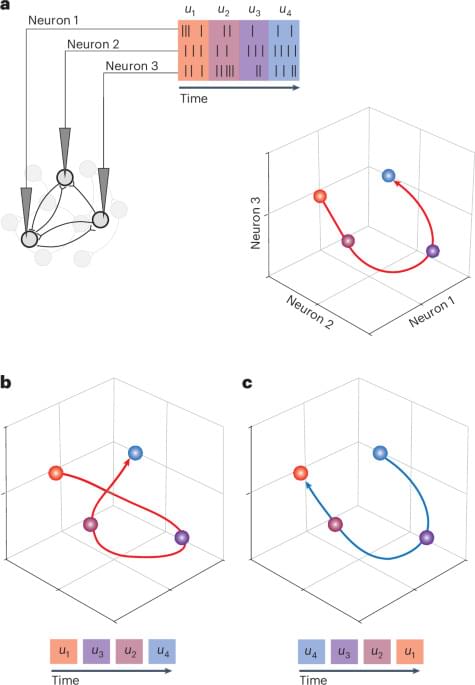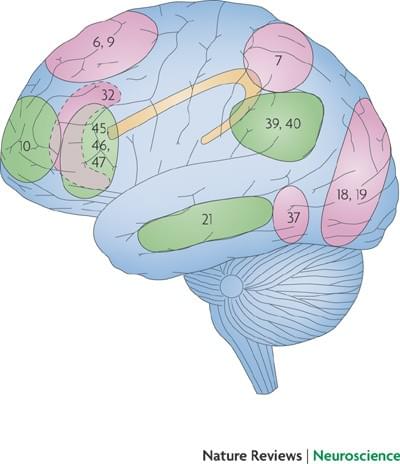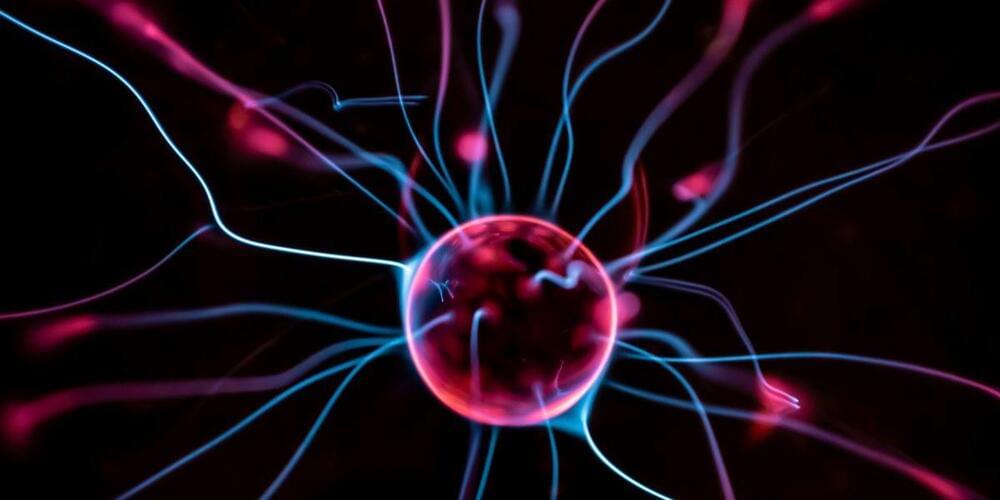Music: Frontline Assembly — Synthetic FormsAlbum: Implode ℗ 1999 Metropolis RecordsComposer, Writer: Bill Leeb / Chris Peterson Released on: 1999/04/27.
Get the latest international news and world events from around the world.


Google Image Result for
Found on Google from nature.com


Intracerebroventricular B7-H3-targeting CAR T cells for diffuse intrinsic pontine glioma: a phase 1 trial
In the final report of a phase 1 trial evaluating intracerebroventricular B7-H3-targeting CAR T cells in children and young adults with diffuse intrinsic pontine glioma, repeated intracranial infusions were feasible and well tolerated with a median overall survival of 19.8 months and 3 patients surviving over 40 months from diagnosis.

An Entire Book Was Written in DNA—and You Can Buy It for $60
As the rate of humanity’s data creation increases exponentially with the rise of AI, scientists have been interested in DNA as a way to store digital information. After all, DNA is nature’s way of storing data. It encodes genetic information and determines the blueprint of every living thing on earth.
And DNA is at least 1,000 times more compact than solid-state hard drives. To demonstrate just how compact, researchers have previously encoded all of Shakespeare’s 154 sonnets, 52 pages of Mozart’s music, and an episode of the Netflix show “Biohackers” into tiny amounts of DNA.
But these were research projects or media stunts. DNA data storage isn’t exactly mainstream yet, but it might be getting closer. Now you can buy what may be the first commercially available book written in DNA. Today, Asimov Press debuted an anthology of biotechnology essays and science fiction stories encoded in strands of DNA. For $60, you can get a physical copy of the book plus the nucleic acid version—a metal capsule filled with dried DNA.
What Is Cell Senescence And Inflammaging? Matt Yousefzadeh, PhD
What is cell senescence and inflammaging?
Featuring Matt Yousefzadeh, PhD
Join us on Patreon! https://www.patreon.com/MichaelLustgartenPhD
Discount Links/Affiliates:
Blood testing (where I get the majority of my labs): https://www.ultalabtests.com/partners/michaellustgarten.
At-Home Metabolomics: https://www.iollo.com?ref=michael-lustgarten.

Large language models outperform experts in predicting neuroscience discoveries
Large language models surpass human experts in predicting neuroscience results, according to a study published in Nature Human Behaviour.
Scientific research is increasingly challenging due to the immense growth in published literature. Integrating noisy and voluminous findings to predict outcomes often exceeds human capacity. This investigation was motivated by the growing role of artificial intelligence in tasks such as protein folding and drug discovery, raising the question of whether LLMs could similarly enhance fields like neuroscience.
Xiaoliang Luo and colleagues developed BrainBench, a benchmark designed to test whether LLMs could predict the results of neuroscience studies more accurately than human experts. BrainBench included 200 test cases based on neuroscience research abstracts. Each test case consisted of two versions of the same abstract: one was the original, and the other had a modified result that changed the study’s conclusion but kept the rest of the abstract coherent. Participants—both LLMs and human experts—were tasked with identifying which version was correct.
